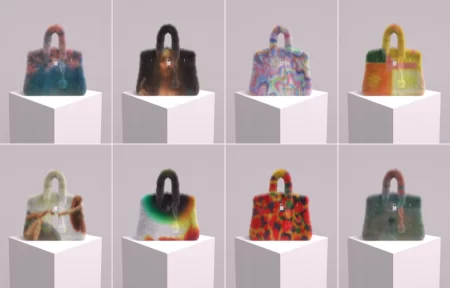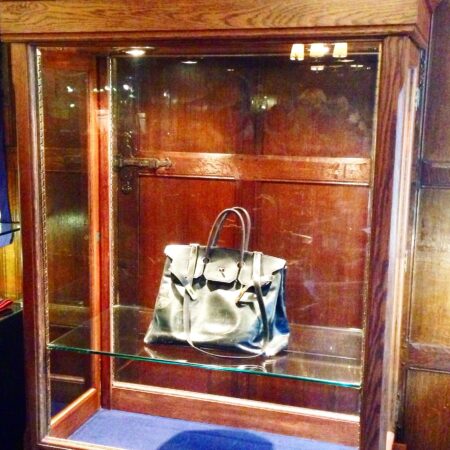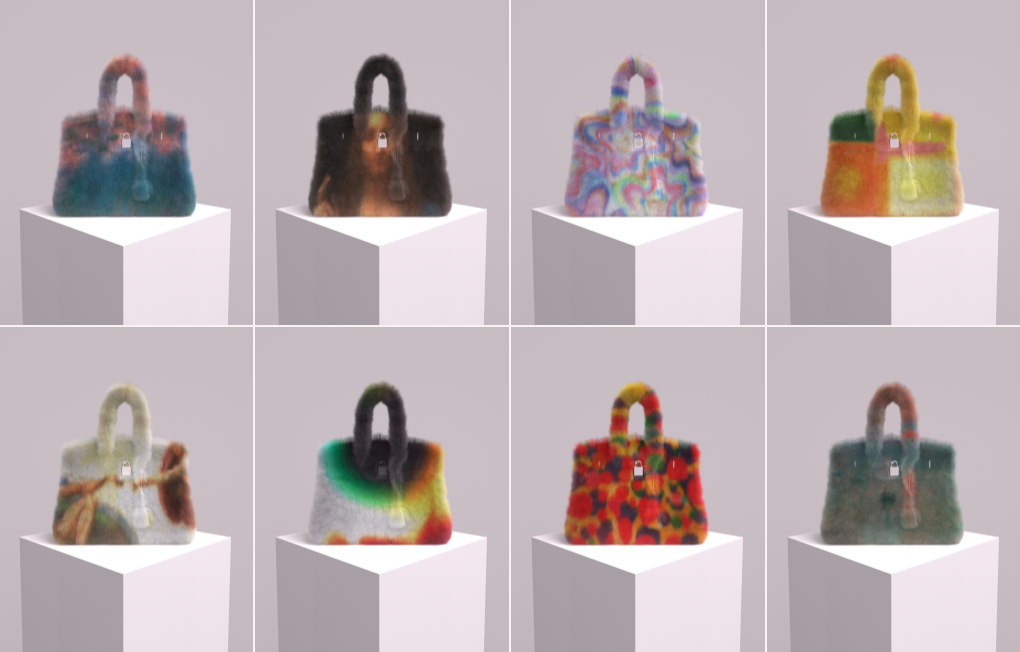Last January French luxury goods company Hermes took legal action against American artist Mason Rothschild for selling the “MetaBirkins” non-fungible tokens. Despite Rothschild’s motion to dismiss the case, a federal judge in Manhattan 5 days ago allowed the trademark lawsuit to proceed.

The fashion and luxury industry is following closely as it is set to be a landmark case that could clarify how the copyright trademark law could be applied to digital assets such as the NFTs. Already some of these non-fungible tokens are being sold featuring well-known characters or depict famous brand logos and images; thus, the outcome of this trial will provide clarifications and guidelines to know what is allowed and what is not.

As written in the filing, Hermes said that the designer started selling the NFTs of its iconic Birkin bag first created in 1984, in December 2021 at the Art Basel Art Fair in Miami. The company said Rothschild offered the MetaBirkins without proper permission from them, and the designer earned more than $1 million from the sale by early January.
In the filing, Hermes described Rothschild as a “digital speculator,” and his MetaBirkins sale was a “get rich quick” scheme, and even his title as an “artist,” does not give him permission to use Hermes’ Birkin trademark.
The luxury brand further said that the sale misled consumers, who believed the MetaBirkins , which were covered in “colorful fur” were NFTs of the original Birkin, which probably helped with the sale.
According to Rothschild, the works were commenting on the “cruelty inherent in Hermes’ manufacture of its ultra-expensive leather handbags.” He said they were protected by the First Amendment of the U.S. Constitution, and added that his art doesn’t lose First Amendment protection just because he sells it.
As debates heat up of who is right and who is wrong, T.J. Mantooth, partner/shareholder at the American law firm Hall Estill, who also focuses on patent prosecution, including the drafting, enforcement, and defense of patent rights and an expert with NFTs and copyright infringement cases, shares his thoughts on the Hermes lawsuit:
“This case is interesting because it cites trademark infringement instead of copyright infringement. Theoretically, a trademark infringement claim would have more teeth and enforceability than copyright infringement. However, there does not appear to be subject matter in the NFT that explicitly infringes an active Hermes trademark,” explains TJ as he reviews the case. “That is, review of the Federal US Trademark database returns registered Trademarks for the name “Hermes” and “Birkin” but does not appear to have a registration for the shape or likeness of the bag, in logo or graphic form. Hence, this case appears to hinge on common law trademark rights, which are unregistered with the Trademark Office in D.C.”
“On Hermes side, there can be an association of the shape/style of a handbag with a brand that is protectable under common law trademark rights. On the opposite side, transforming portions of the appearance of a handbag can provide artistic commentary and/or parody that can be exempted from trademark infringement as free speech under the first amendment,” says TJ.
“Without actually seeing the NFT at play, it is difficult to give an opinion on who will prevail, but the stage is set for a debate, and court decision, that will help define the content boundaries of NFTs going forward. In a curious aside, if the artistic work of MetaBirkins was displayed in a gallery, published as social commentary, or not exclusively sold for profit as an NFT, this case would likely be over quickly as the first amendment, free speech rights would likely prevail, in my opinion,” explains TJ. “However, the attempt to profit off of the arguable likeness of a Birkin bag through sale of an NFT sets up this conflict between degradation of Hermes reputation, good will, and trade dress versus the right to parody and socially comment by using cultural identifiers, like Birkin bags.”
“At first blush, it appears Hermes has an uphill battle due to the transformation of a Birkin bag into something that is not actually sold or marketed. Indeed, if MetaBirkin had simply displayed a picture of an actual Birkin bag, Hermes’ common law and registered trademark rights would put them in a strong position to prevent the NFT from being sold. However, the facts appear that MetaBirkin artistically altered a Birkin bag’s appearance and the question is if such an alteration is enough to render the NFT as social commentary/art or is too damaging to Hermes/Birkin’s reputation.”
T.J. Mantooth guess is that the MetaBirkin will be allowed to use the transformed Birkin bag in an NFT, unless more deliberate use of actually registered trademarks, such as the Hermes name, Birkin name, or Hermes logo, are clearly present in the NFT. Will he be proven right or will the Hermes-Birkin legacy prevail?
For More fashion news CLICK HERE.



